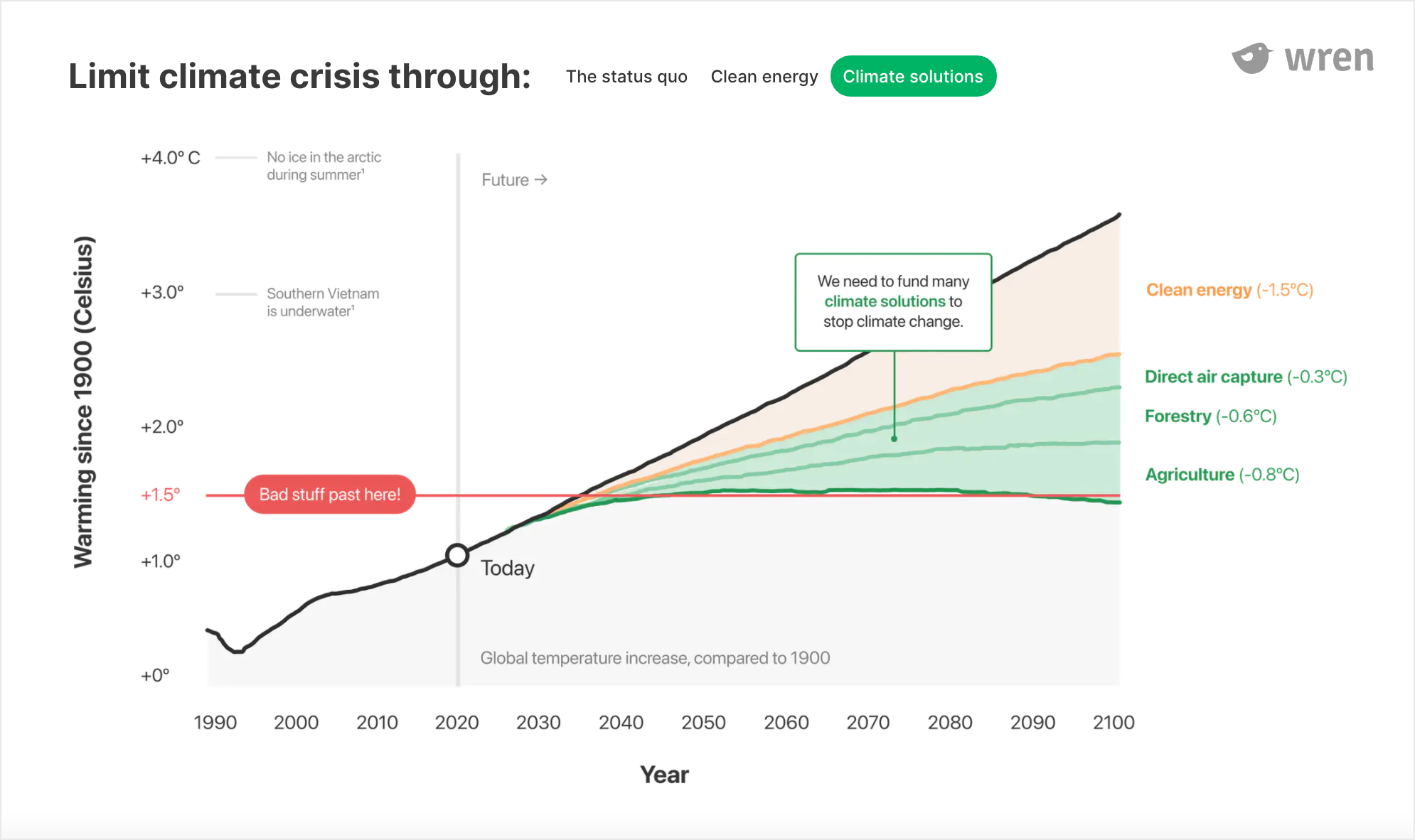Measuring, reducing and offsetting our carbon emissions. What we have learned over the past year.
When we originally launched our 10 Sustainable Future Goals, one key action point was to review our internal carbon emissions measurement and offset methodology.
Looking back, our initial approach was pretty much ‘finger in the air.’ After a few google searches and collecting too few data points from our finance team, we estimated that we had emitted 147.5 tonnes. We then partnered with Tree Nation to offset our impact by planting 2,100 trees in France. This year, we knew we had to do better!
We’re sharing our learnings in this article, hoping to inspire some to follow suit and encourage others to share their own approach so that we can all benefit from knowledge sharing.









